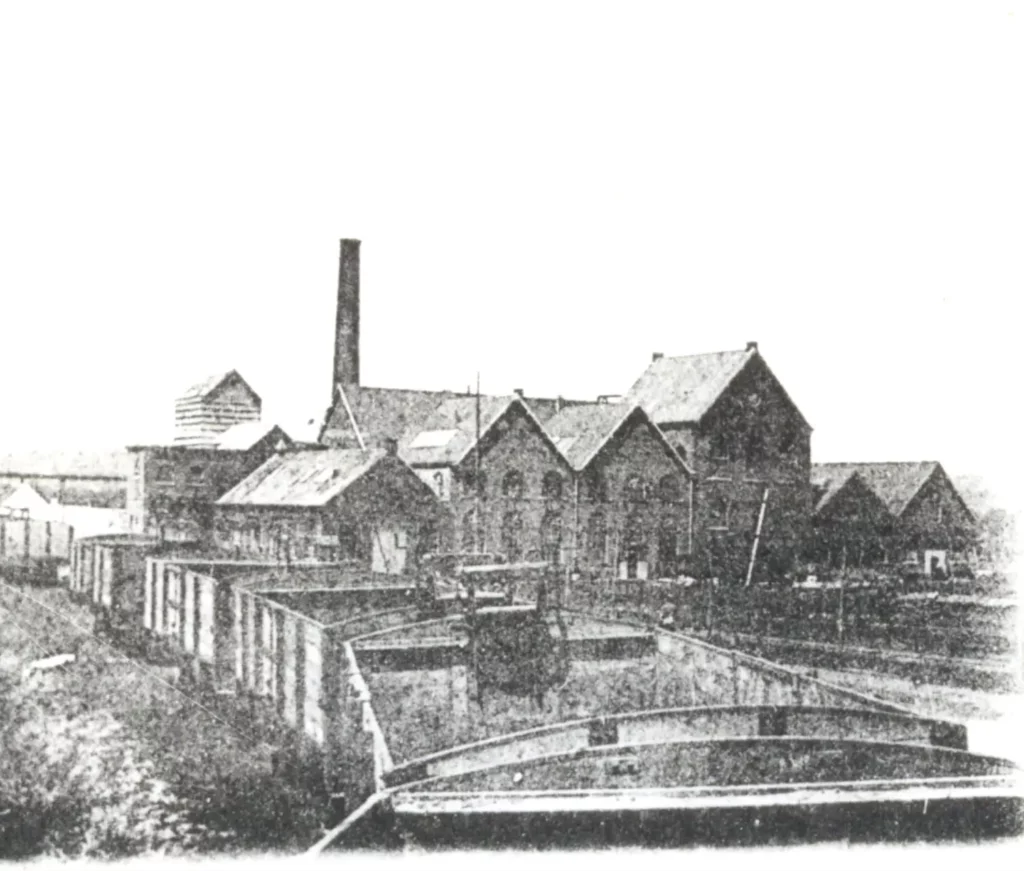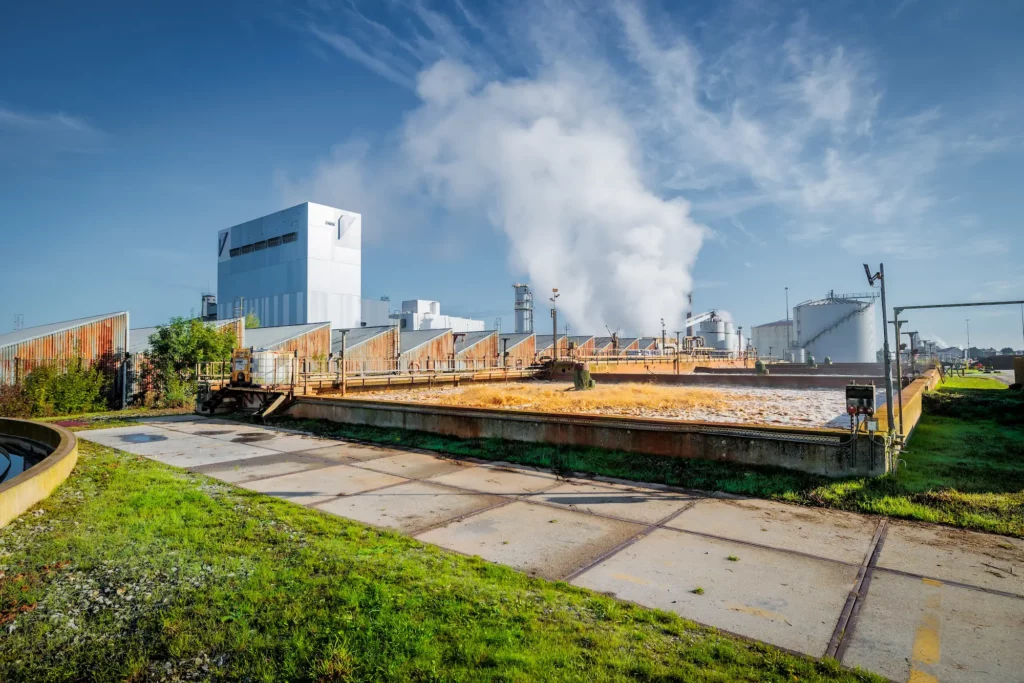


Sugarcane, originating from Papua New Guinea, quickly spread to China and India. Sugar arrived in Europe via the Arab world and became a rare spice on the tables of the nobility. Europeans introduced sugarcane to America upon its discovery, where it was cultivated and imported to Europe. The import was carried out by ship, with ships going to America with slaves and returning with goods such as sugar.
In 1806, Napoleon I established a continental blockade against England, causing a sugar shortage. Andreas Sigismund Marggraf, a Berlin professor, discovered in 1747 the high sugar content of certain beet varieties. His student, Franz Karl Achard, built on his research and industrialized the process of extracting sugar from beets, although the initial yield was low. At that time, a few sugar factories emerged in Germany, but the sugar yield of this process was very low, reaching only 1.6% of the total weight of the beet.
Benjamin Delessert and Jean-Baptiste Quéruel, two Frenchmen driven by the Napoleonic blockade, took over Achard's process and succeeded in optimizing it, making beet sugar production profitable. Following their discovery, Napoleon supported this new industry by subsidizing studies and cultivating 100,000 hectares of beets.
Today, sugar beet represents 20% of the world's sugar production, behind sugarcane which accounts for about 80%. The process of extracting sugar from beets has been optimized over the past two centuries, and current challenges lie in the profitability of the process and reducing energy consumption. Europe is the largest producer of beet sugar in the world, while Brazil and India dominate sugarcane production.
A question?
We are here to meet your needs.
Do not hesitate to contact us via the contact form.